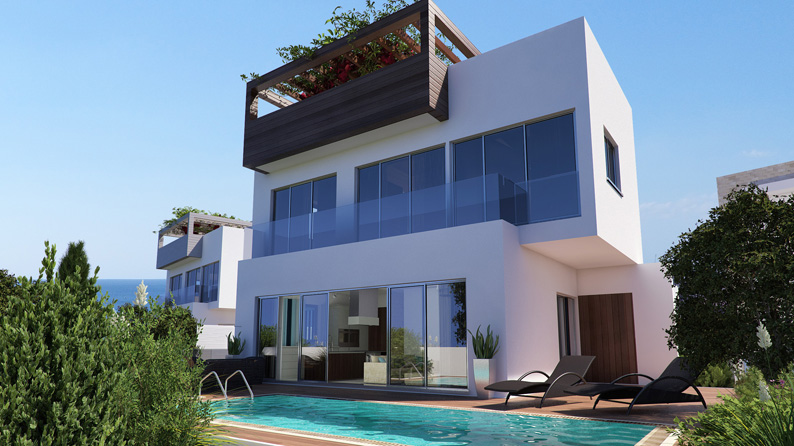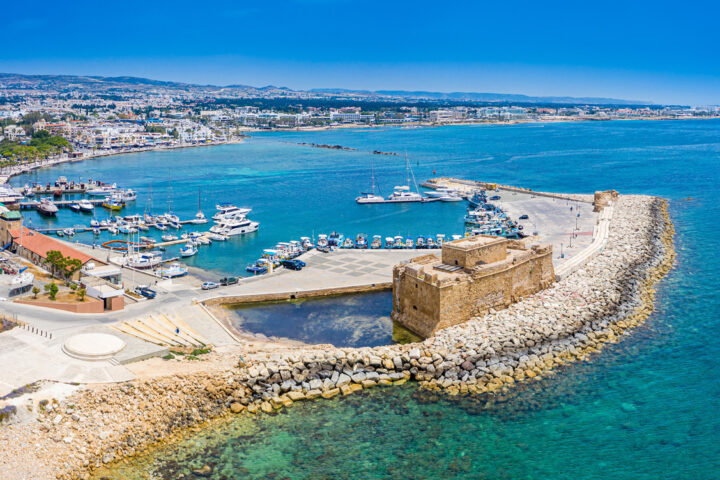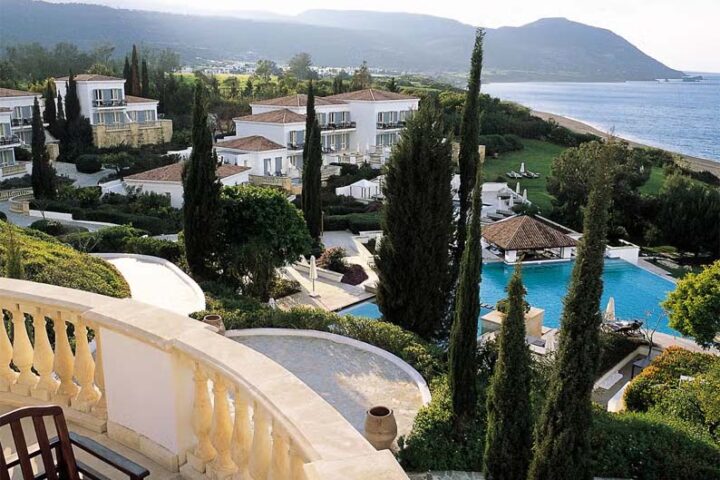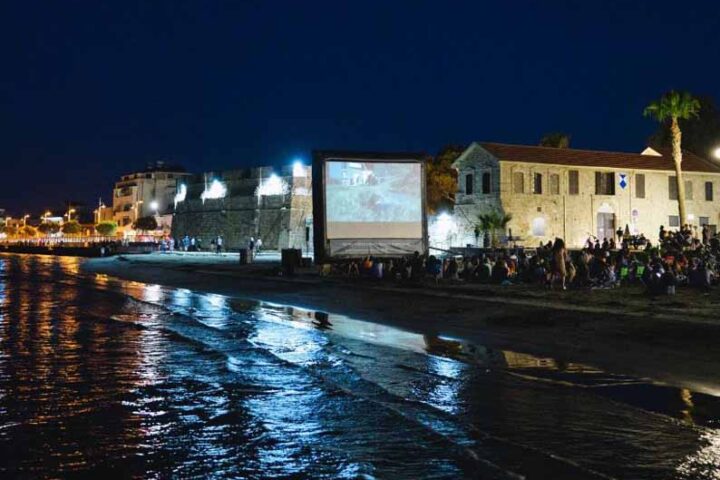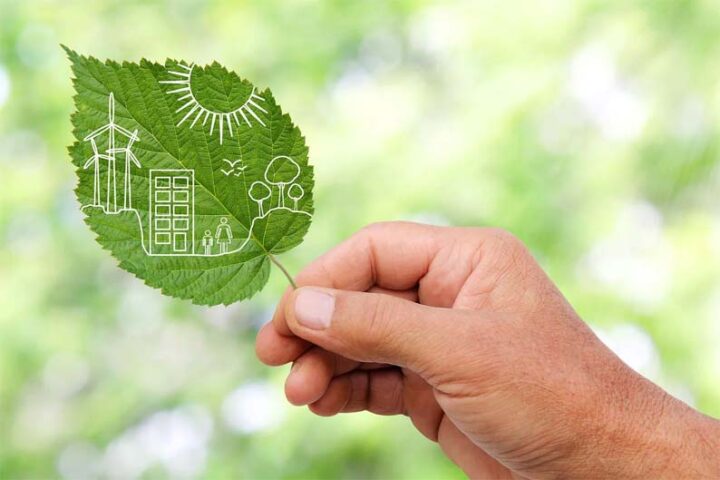With approximately 40% of the land area in Cyprus covered by forest, trees and bushes, our island needs a lot more green, notwithstanding our water shortage situation. The Ministry of Agriculture is encouraging tree planting and lot of publicity is given to this, as well as events by social groups and organisations, who use this primarily for promotional purposes, but it serves the greater good.
Cyprus’ sensitivity for “green” development is increasing and this can be seen both in private houses, as well as large scale development projects.
Based on past experience, I can suggest several tips on tree planting, which in addition to the environment, also enhances a property’s value and its attraction both in terms of increase in value, but also regarding the speed of sale.
- Examine the vegetation in surrounding areas and try to follow the same trend if possible, as this is an indication of what has proven suitable to the local soil and weather conditions.
- Olive, carob and cypress trees is a start. Some of these trees, starting from a height of approximately 3 meters, are sold in nurseries for around €120-150/each. These require very little maintenance and limited water and do not drop many leaves which makes it easier to keep a garden clean.
- Fruit trees are also popular, such as lemon, orange, fig, etc., as they give an extra joy to the owners to watch them grow and consume the fruits for own use or as a gift to friends. They require more attention than the first category and you must be careful of their branches which may protrude in your own areas (e.g. over swimming pools, damage to solar heater, etc) as well as over the neighbours’ fence, who, by the way, have every right to cut down these protruding branches.
- My favourite is the local pine tree (not the decorative ones) which grow reasonably fast and you can also buy them at 3m height for a similar cost of €120 each. Care is required for their needles which require constant cleaning and due to the tar content would prevent undergrowth, while they would also require spraying, once a year.
- Palm trees are also attractive for large yards and opt for the single leaf ones, since the wider leaves shed a lot of blossoms when in season.
- For those who are near the beach which has increased humidity, you can opt for other types of trees and including avocado, exotic fruit, such as papaya and the “king of trees” the ‘flamboyant’ or the Royal Poinciana.
- Avoid by all means the eucalyptus trees which have roots seeking moisture which in most occasions can end in your drainage system.
- In the flower category, opt for bougainvillea (multi-colour), the climbing rose tree and I suggest to use a limited number of flowers and grass (even the good quality plastic grass for small areas, say up to 150 sq.mts.) due to the constant water requirement, sickness and personal attention.
- For young people or those young at heart who wish to keep themselves busy with their garden, choose 1-2 small patches of say 10-20 sq.m. to plant vegetables, such as lettuce, radish, parsley, onions and corn (lovely on charcoal), as well as the various varieties of pepper plants. Tomatoes and cucumbers are another option, but care is required during cold weather (use plastic covers).
Coming back to the trees, bear in mind that they grow and you must also consider your own, as well as the neighbours’ sunlight, obstructing branches, etc. Do not plant trees such as pines very near the house (not less than 10 mts) since you may find that you may create trouble for yourself blocking perhaps your solar heater. Then again, the sounds they make during wind is to be enjoyed.
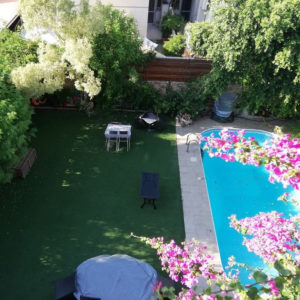
At the end of the day check your sub-soil situation and if there are any rocks underneath your trees this would cause them to ‘drown’ or die due to the collection of water at the root level.
I hear comments by all sorts of consultants regarding gardening design and so on. The use of such people may be okay for large plots, but, since most of us have small plots, up to say 1,000 sq.m., consider fencing. My favourite is tetraclinis articulate or suchlike plants, whereas we use pomegranate trees, which provide a sort of security if planted close to each other (2-3m) as well as the fruit.
For those more adventurous and having spent 2-3 weeks of training, you can experiment with the production of zivania (Cyprus grappa) and provided it is of an acceptable quality, bottle it with your own label (labels cost next to nothing as well as the empty bottles) and give them to your friends.
I am sure I’ve missed out many other alternatives, such as apricot (which are beautiful when they bloom), whereas fruit trees can be used for “sweets” which you can make on your own.
As regards olive trees, opt for the eatable ones (the big olives) and not the small ones, which is only useful for olive oil production (unless you have many). Again, this creates a beautiful time to spend picking olives with your family and friends.
Subject to every one’s circumstances, the soil quality and water availability, Cyprus homes can be turned into small green paradises.
As a friend of ours from Crete said, “God has given you the soil and us the rocks!”

